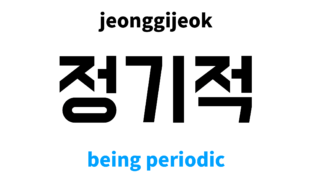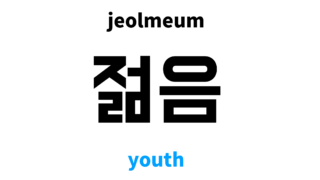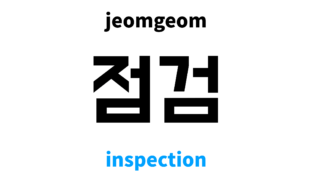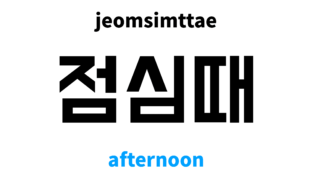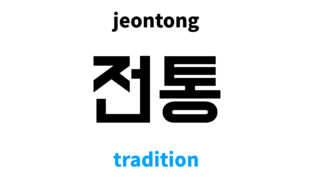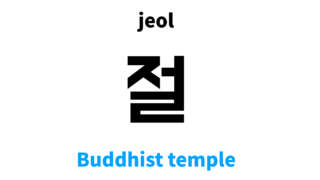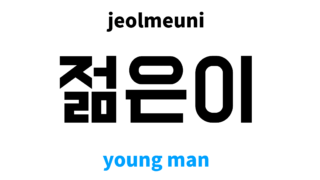 Intermediate Words
Intermediate Words young man in Korean: 젊은이’s meaning and pronunciation
young man in Korean is 젊은이. For examples, you can use like [젊은이 한 명, 젊은이의 꿈]. In this post you will learn how to pronounce and use young man in Korean along with examples.
